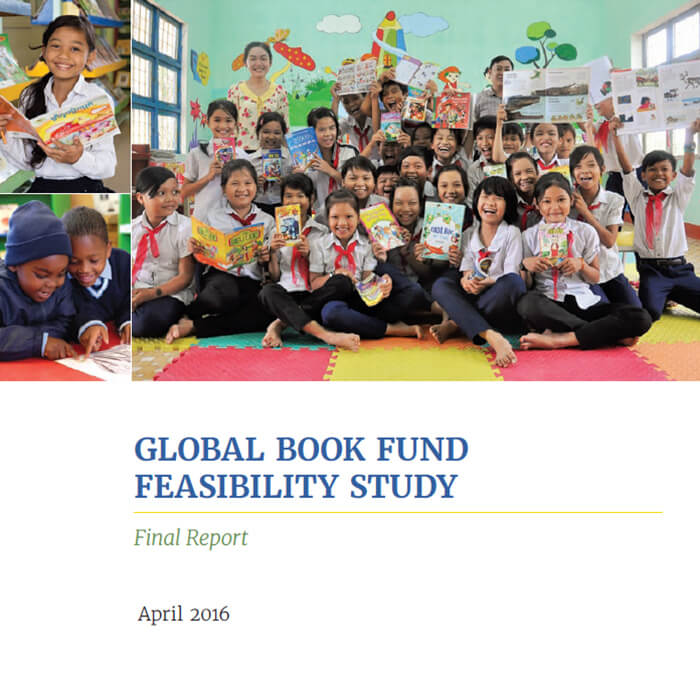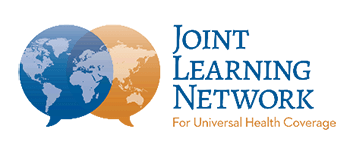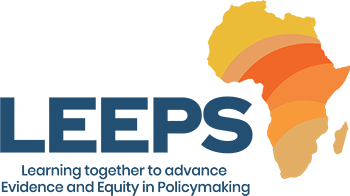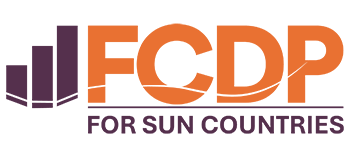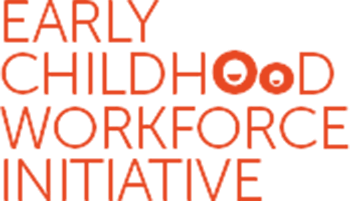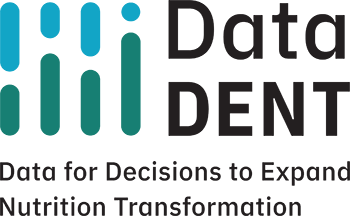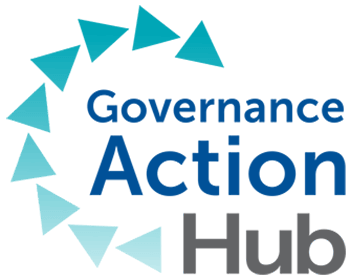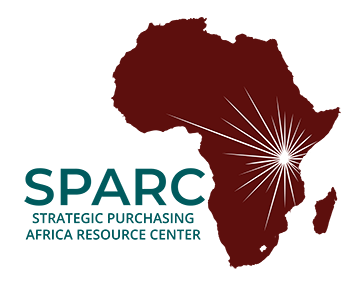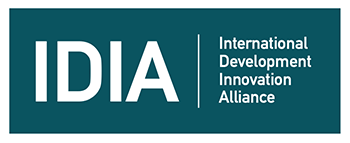Washington, D.C. — September 19, 2016 — Today, as we commemorate International Literacy Day, 250 million children of primary school age are still unable to recognize basic letters and numbers – a first and crucial step to becoming literate.
This is significant because research shows that people with good literacy skills are more likely to have higher self-esteem, better health, better jobs and higher wages than those with poor literacy skills.
Even though books are one of the most cost-effective inputs for addressing this literacy crisis, many children lack access to both reading books and textbooks. Indeed, in some countries, more than 4 pupils share 1 mathematics or reading book.[1]
A recent USAID-, Norad-, and DFID-funded study by Results for Development (R4D) and International Education Partners (IEP) cites lack of awareness of the value of reading books in supporting literacy, financing shortages, unpredictability and unsustainability; poor procurement and book management as some of the reasons for low book availability and usage of books. The challenge is particularly severe for reading books in underserved mother tongue languages. And when books are available, there are major issues including poor quality and low usage.Over the past few decades, donors including multilateral and bilateral organizations have provided millions of dollars in funding and programmatic support to improve book provision and usage, yet there continues to be an underfinancing of books, and the problem persists.
The Global Book Fund[2] Feasibility Study emphasizes the need for a transformative international mechanism to mobilize funding, raise awareness, and improve the provision and use of both textbooks and reading books. It is recommended that the Global Book Alliance undertake the following:
- Become the go-to source for knowledge and best practices on the effective development, procurement, distribution and usage of textbooks and reading books; advocating and instilling the importance of reading materials;
- Bring donors and diverse stakeholders together to coordinate on supply chain issues and to foster long-term policy dialogue; and
Help countries make their book chains more efficient through finance, technical advice, and joint learning such that books actually reach students at reasonable cost and are then used by teachers and students. - In addition to proposing the function and design of the Global Book Alliance, the study also highlights further areas of exploration and analysis, including small-scale pilots in a select number of countries to test specific approaches. A phase two study will continue this work.
We are excited to congratulate all partners and stakeholders on the progress to date of The Global Book Alliance, and look forward to supporting the initiative going forward. To learn more, visit – www.globalbookalliance.org.
For more information on the Feasibility Study, click here or contact Shubha Jayaram.
[1] UNESCO. (2015). School resources and learning environments in Africa: Key results from a regional survey on factors affecting quality of education [PowerPoint slides]
[2] Following the finalization of our study in April 2016, the Global Book Fund was renamed Books for Every Child: The Global Book Alliance (GBA).


